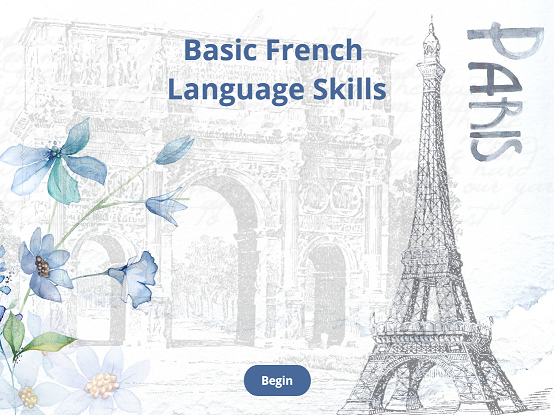Tag: instructional design
-

My instructional design goals for 2023
Now that I’ve gotten back into blogging, I’ve decided to release another post on my annual goals for instructional design. Keeping these goals public helps keep me on task.
-

Designing Learning?
The Debate There is still quite a bit of debate over the term ‘learning experience designer’ (LXD). The intent of the term was to distinguish L&D professionals who design by considering the entire learning experience rather than focusing only on the content (Read Connie Malamed’s article, for more details about the term). However, some have…
-

Interaction Cost
I recently read an article that Patti Shank wrote back in 2020 about ways to reduce the challenges that learners face when learning from smaller screens. The entire article was fascinating, but for me there was a single section that stood out the most: interaction cost. The reason this topic stood out for me was…
-

The 2022 Canadian eLearning Conference
I am excited to be presenting at the 2022 Canadian eLearning Conference. I’ll be presenting on inductive learning – one of my favourite topics! Check out my promo for this conference. This conference will be held virtually again this year. To learn more, go to www.canadianelearning.ca.
-

Introduction to French (#179, #195, #197)
This portfolio piece was created as a combination of three eLearning Heroes Challenges (#179 using eLearning to teach foreign languages; #195 how can learners choose their own avatars in eLearning?; #197 using badges, awards, and achievements in eLearning courses). Instead of setting up the characters as different states, I created alternative pathways so that the…